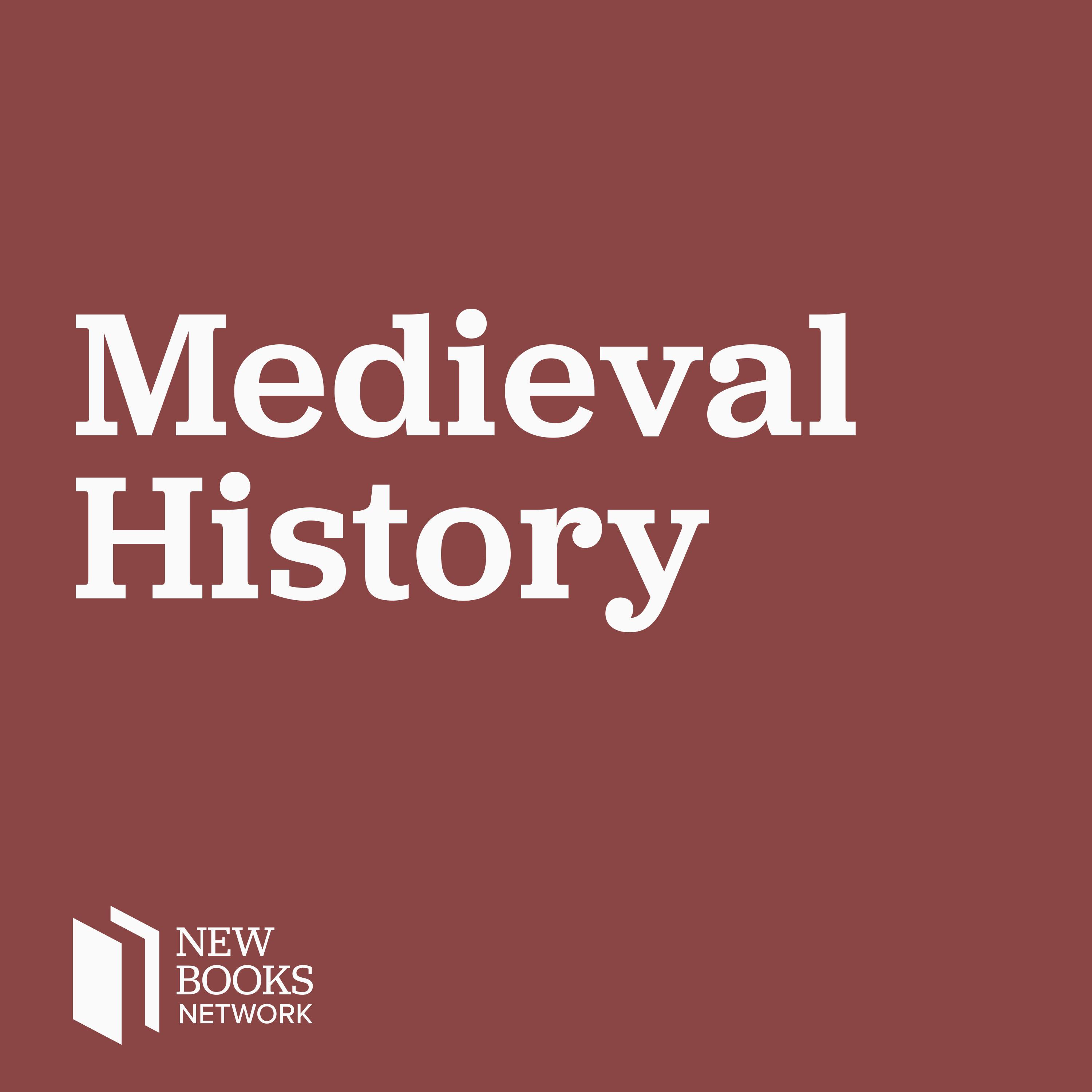Anthony Kaldellis, "The New Roman Empire: A History of Byzantium" (Oxford UP, 2024)
Description
In recent decades, the study of the Eastern Roman Empire, also known as Byzantium, has been revolutionized by new approaches and more sophisticated models for how its society and state operated. No longer looked upon as a pale facsimile of classical Rome, Byzantium is now considered a vigorous state of its own, inheritor of many of Rome's features, and a vital node in the first truly globalized world.
The New Roman Empire: A History of Byzantium (Oxford UP, 2024) is the first full, single-author history of the eastern Roman empire to appear in over a generation. Covering political and military history as well as all the major changes in religion, society, demography, and economy, Anthony Kaldellis's volume is divided into ten chronological sections which begin with the foundation of Constantinople in 324 AD and end with the fall of the empire to the Ottoman Turks in the fifteenth century. The book incorporates new findings, explains recent interpretive models, and presents well-known historical characters and events in a new light.
Learn more about your ad choices. Visit megaphone.fm/adchoices
More Episodes
Published 11/23/24
During the early medieval Islamicate period (800–1400 CE), discourses concerned with music and musicians were wide-ranging and contentious, and expressed in works on music theory and philosophy as well as literature and poetry. But in spite of attempts by influential scholars and political...
Published 11/12/24
Filippo Gianferrari, "Dante's Education: Latin Schoolbooks and Vernacular Poetics" (Oxford UP, 2024)
In fourteenth-century Italy, literacy became accessible to a significantly larger portion of the lay population (allegedly between 60 and 80 percent in Florence) and provided a crucial means for the vernacularization and secularization of learning, and for the democratization of...
Published 11/06/24


